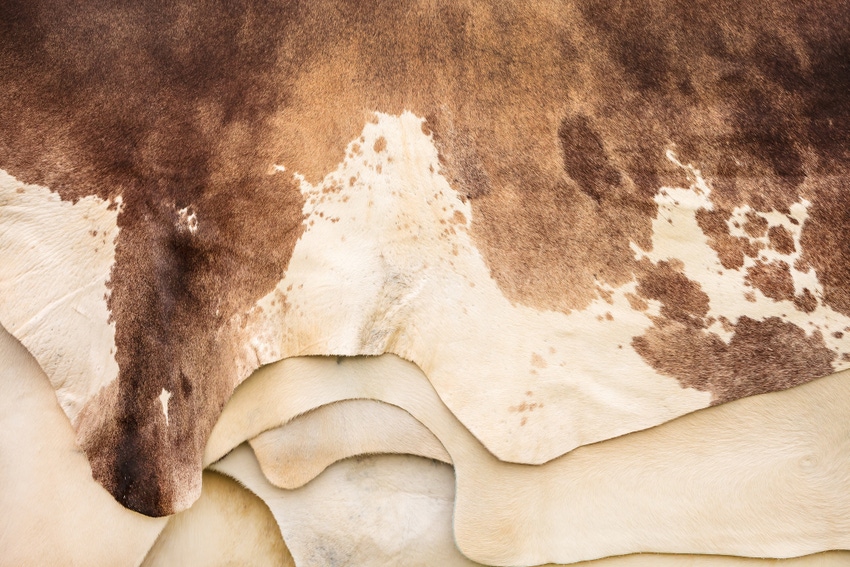U.S. hide, skin, leather industry exports $2.04b worth of goods in 2016
Total export value falls from peak in 2014, but pace has slowed.
February 17, 2017

The U.S.hide, skin and leather industry exported more than $2.04 billion in cattle hides, pig skins and semi-processed leather products in 2016, according to the North American Meat Institute (NAMI). Although total export value remained lower after peaking in 2014, the pace of decline slowed compared to 2015.
According to NAMI, U.S. hides and skins companies – including producers, processors, brokers and dealers – regularly export more than 90% of the total U.S. production of these products and are one of the top raw material suppliers to the global leather manufacturing industry.
“The hides and skins industry is a major success story for U.S. agriculture and exports,” said Stephen Sothmann, president of the U.S. Hide, Skin & Leather Assn. “The industry has positioned itself well to capitalize on a highly dynamic, integrated global leather marketplace.”
According to U.S. Department of Agriculture data, U.S. exports of wet salted cattle hides dropped to $1.39 billion in value, a 5% decrease from 2015 levels. Exports of wet blue cattle hides (semi-processed hides that have undergone the first stages of leather tanning) similarly fell 19% to $606 million in value.
China was the largest buyer of both salted and wet blue cattle hides for the year, with imports valued at more than $861 million for wet salted cattle hides and $217 million for wet blue cattle hide products. Other large destination markets included Korea, Mexico, Vietnam and the European Union.
U.S. pigskin exports, likewise, dropped 16% in value to $32 million. NAMI noted that the largest markets for U.S. pigskins continue to be Mexico and Taiwan, which account for the vast majority of all U.S. exports.
“The export data reflects sluggish global leather industry market conditions in recent years. A variety of factors, including economic slowdowns in China and reduced leather utilization in footwear globally, have pushed leather demand lower. However, many in the industry see the trend improving in 2017 as leather is reincorporated into more product lines, especially footwear,” NAMI said.
Given its dependence on trade with foreign markets for its continued livelihood, the industry is also monitoring the global political situation very closely, the group added.
“We have concerns about the political rhetoric surrounding international trade of late,” Sothmann noted. “It is our hope that any policy revisions to the existing international trading system will not negatively impact a thriving U.S. industry’s ability to compete just as our market is beginning to expand.”
You May Also Like



